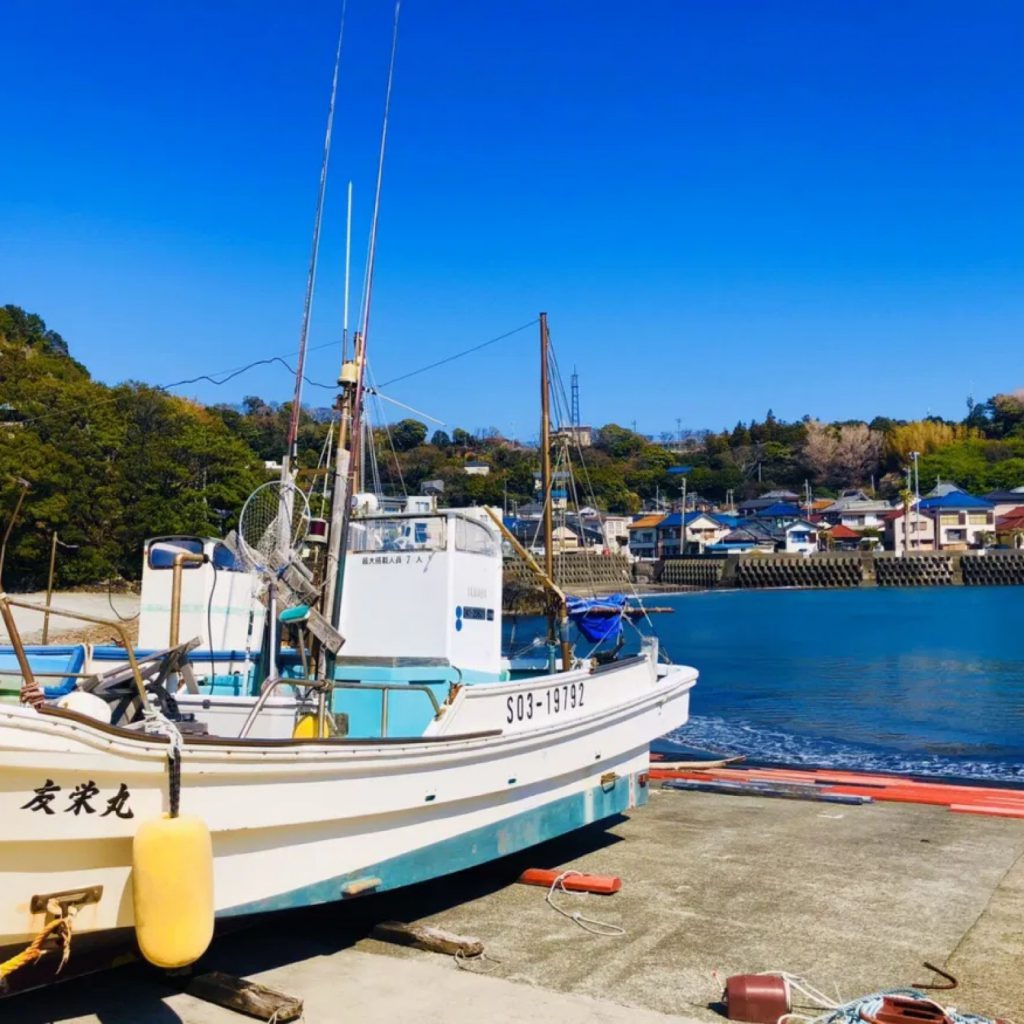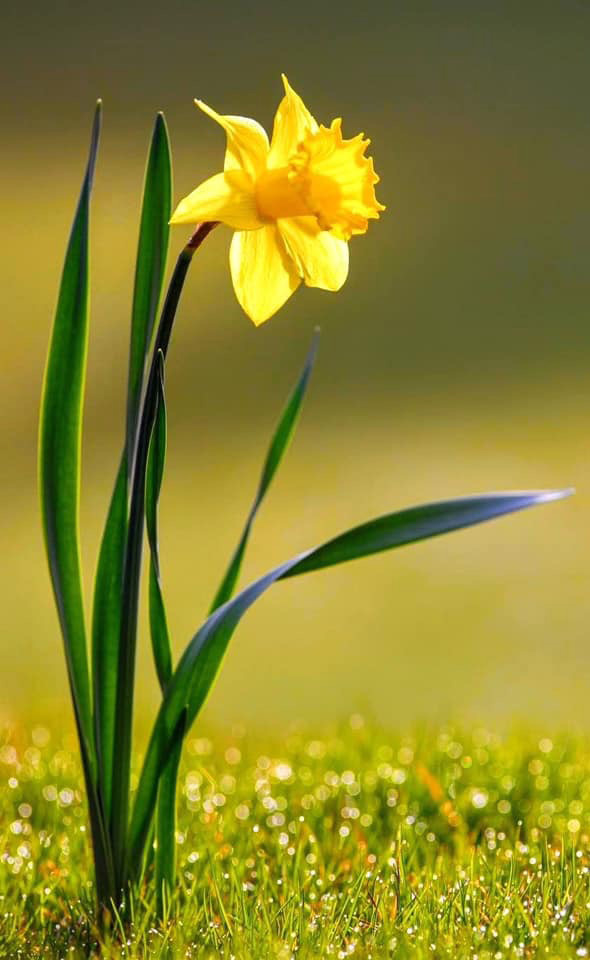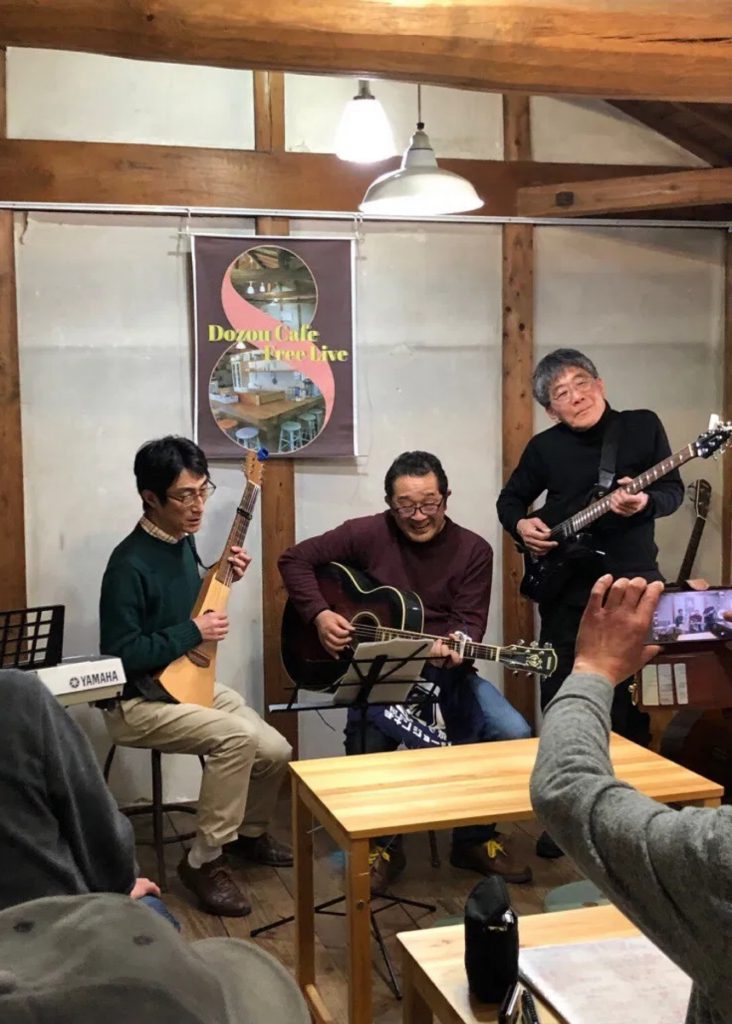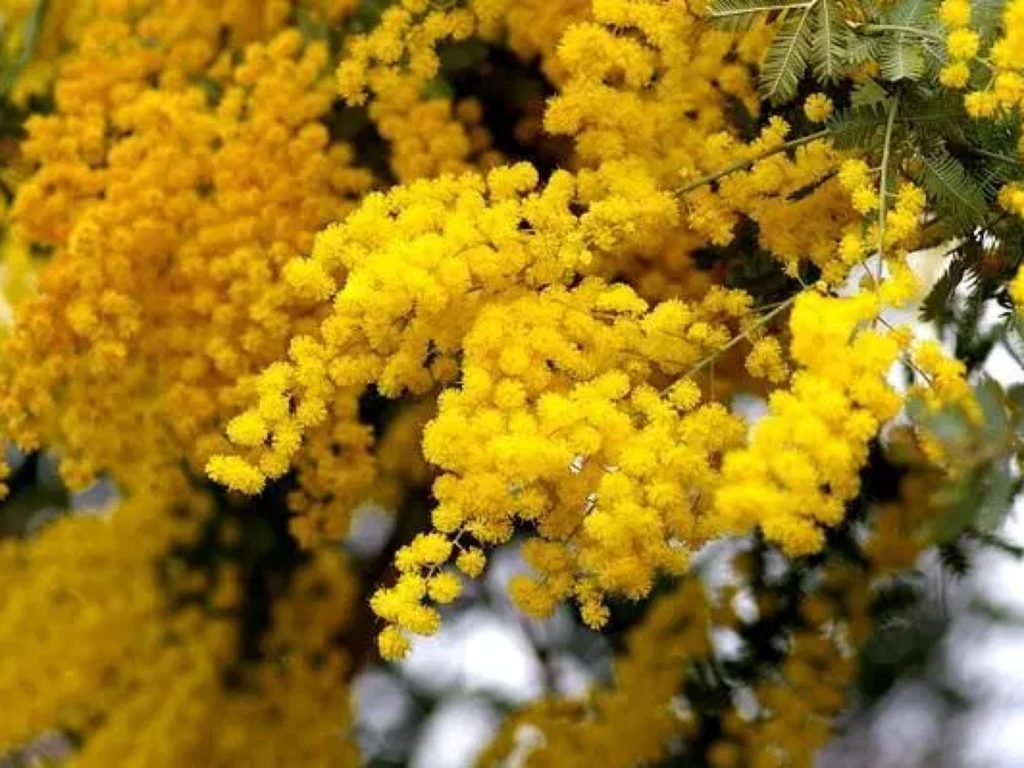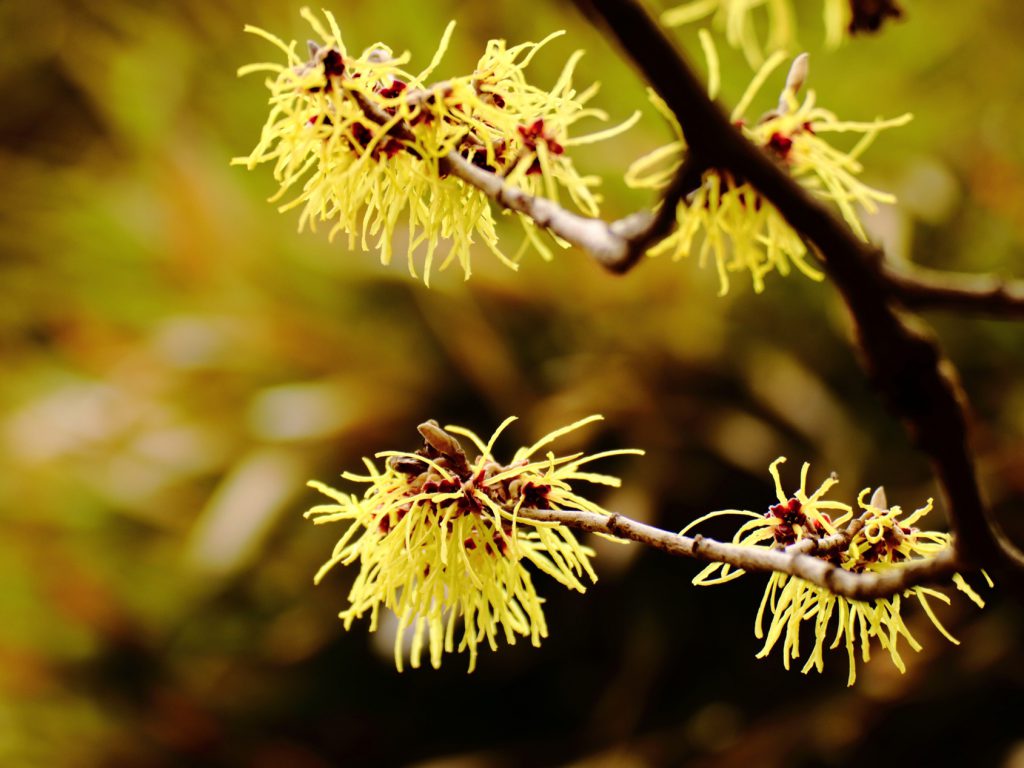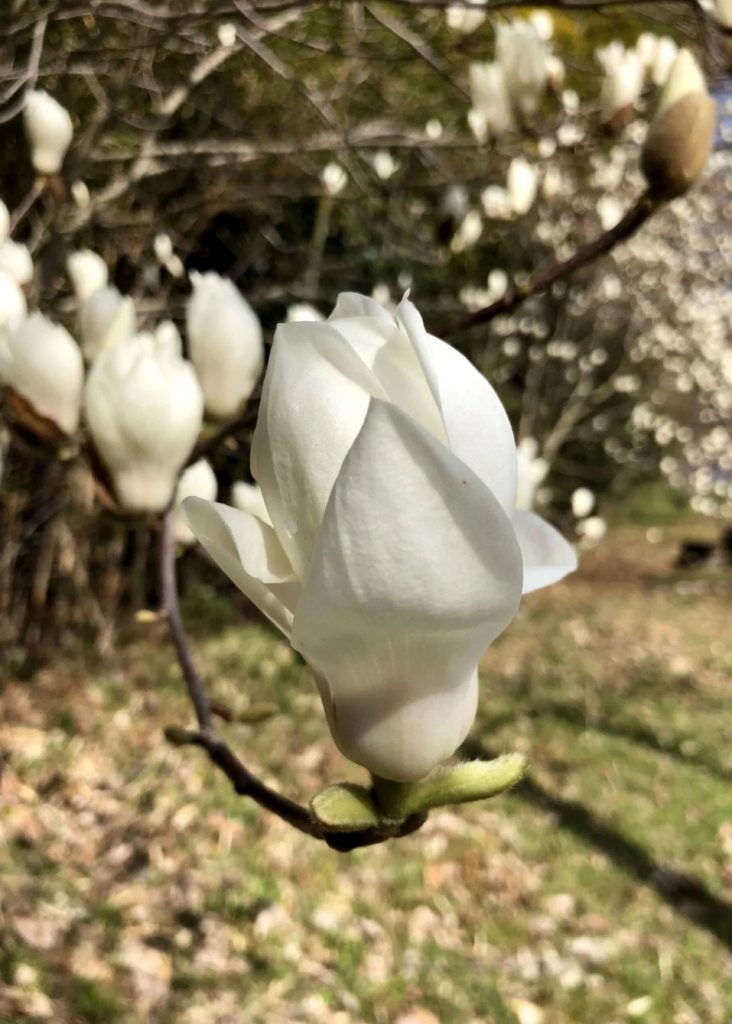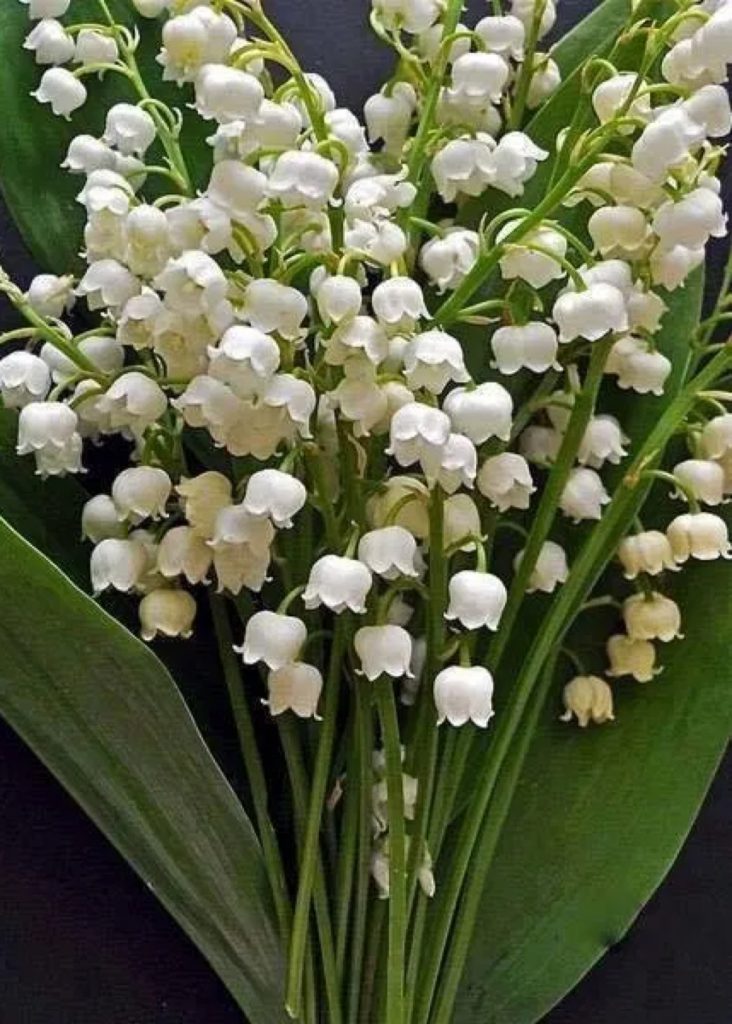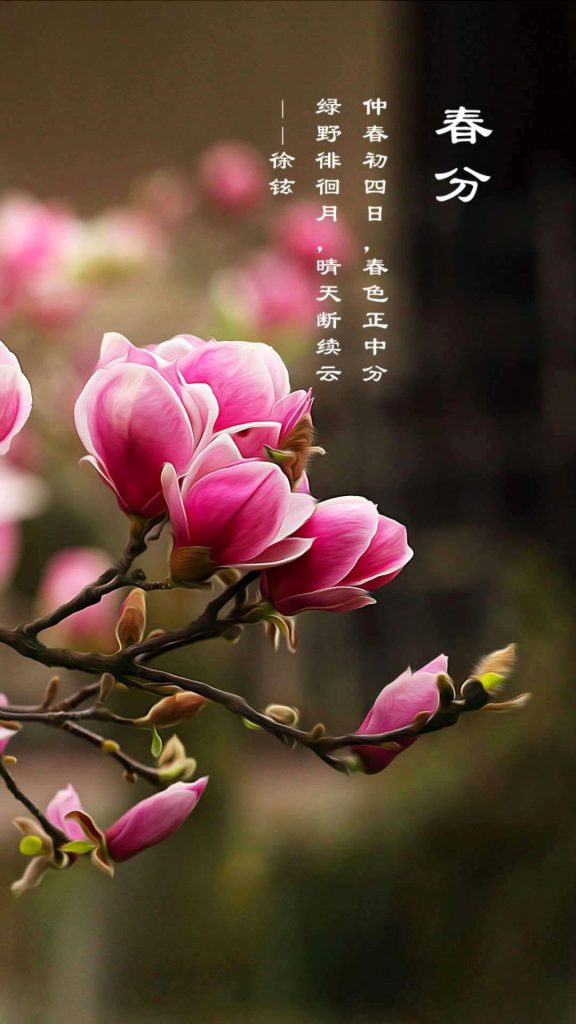
| The number of corona infections and deaths in China is Number of infected people 9 ten thousand ␣Number of recoverers 8.5 ten thousand Number of deaths 4.6 thousand Similarly in Japan Number of infected people 45.2 ten thousand␣Number of recoverers 43 ten thousand ␣Number of deaths 8.7 thousand China’s statistics are unbelievable at face value, but it’s true that the damage is generally much less than in Japan. China is the most successful country in the world in combating corona-infected people, as Japan suffers orders of magnitude less damage than other countries in the world. Economically, it is the only country with positive growth in this situation. That said, few people praise China. This is because the achievement was achieved because of the national system that has been criticized in various ways by the world. The communist nation, which was born in the 20th century, is a nation under global and historical experiment that embodies Marx Engels’ economic theory. The democratic nation that was born in the 18th century is a national system characterized by diversity, while the communist nation is, in a word, an economic supreme nation, and a nation with a thorough economic rationalism. In the 21st century, those representatives, the United States and China, are fighting for hegemony. We Japanese should calmly judge both systems and aim to be a country that leads the world to a safer and more livable world. 中国のコロナ感染者数と死亡者数は、 感染者数 9万␣␣␣ 回復者数 8.5万 ␣␣␣死亡者数 4.6千 同じく日本は、 感染者数 45.2万␣␣回復者数 43万␣␣␣ 死亡者数 8.7千 中国の統計は額面通りには信じられませんが、おおむね日本より被害状況はかなり少ないのは事実でしょう。その日本は世界の諸国に比べたら被害状況は桁違いに少ないのですから、中国はコロナ感染者対策では世界で最も成功した国です。経済的にもこうした状況の中で唯一プラス成長をしている国です。だからと言って中国を称賛する人はおそらく少数です。世界から様々な面で非難されている国家体制だからこそ達成された成果だからです。20世紀に誕生した共産主義国家はマルクス・エンゲルスの経済理論を実体化した世界的、歴史的大実験中の国家です。18世紀に誕生した民主主義国家は多様性を特徴とする国家体制であるのに対して、共産主義国家は一言で言えば経済至上主義国家であり、経済合理主義を徹底した国家体制の国です。21世紀の今、それぞれの代表であるアメリカと中国が覇権を争っています。私達日本人はその両体制を冷静に見極め、世界をより安全で住み良い世界にリードする国を目指したいものです。 | | |

